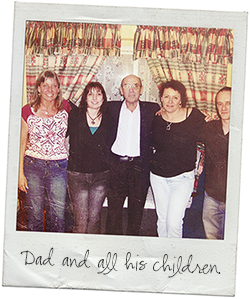Apryl Allen and her husband Ken are sitting in the doctor’s office, anxiously expecting to hear the results of the pathology report following surgery for Apryl’s breast cancer.
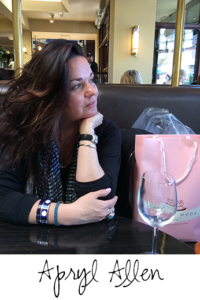
After having her vital signs checked, Apryl learns the doctor is on vacation, and that the nurse practitioner will convey the results. As if this news isn’t disconcerting enough (Apryl assiduously made the appointment for the day of his return), Apryl and Ken wait for 30 minutes, and the nurse practitioner is nowhere in site.
“Ken, I’ll give it another 10 minutes. If no one shows up I’m going to get someone,” Apryl says.
“No, I will get someone,” Ken says, disgusted. “It felt as if we were captives awaiting our fate in this macabre cell while eternity passed,” Apryl writes in her riveting new book, A Tango With Cancer, My Perilous Dance with Healthcare & Healing.
 What follows is one of the most powerful scenes in the book, epitomizing the impersonal, imperious, often-callous treatment Apryl experiences throughout her ordeal with her potentially deadly disease. A Tango should be required reading, not only for any woman who is diagnosed with breast cancer, but for every woman.
What follows is one of the most powerful scenes in the book, epitomizing the impersonal, imperious, often-callous treatment Apryl experiences throughout her ordeal with her potentially deadly disease. A Tango should be required reading, not only for any woman who is diagnosed with breast cancer, but for every woman.
This isn’t a how-to-survive-breast-cancer-guide. It isn’t a 300-page pep talk on having a positive attitude when you’re facing a serious illness (although that’s definitely part of it.) And it isn’t a tug-at-your-heartstrings tale.
It’s an intimate, chronological accounting of Apryl’s journey, starting the day she gets her revealing mammogram in mid-2013, through her challenging experiences with medical bills and insurance companies, countless doctors and their cohorts, surgery and drugs. And, even if her book’s stark realism isn’t uplifting, Apryl is downright skillful–and inspiring– in the way she maneuvers the dispassionate healthcare system to get the treatment and information she absolutely needs to defend herself during her battle.
 “The fight against cancer isn’t necessarily limited to eradicating it from your body; too often it continues with the very system that’s supposed to heal us.” Apryl believes. Apryl’s unpretentious, yet beautifully descriptive, writing conveys her emotions every step of the way, from her intense fear as she enters the massive MRI machine, to her frustration when she can’t reach a medical professional on the phone, and her sheer joy when she learns she may not need traditional chemotherapy.
“The fight against cancer isn’t necessarily limited to eradicating it from your body; too often it continues with the very system that’s supposed to heal us.” Apryl believes. Apryl’s unpretentious, yet beautifully descriptive, writing conveys her emotions every step of the way, from her intense fear as she enters the massive MRI machine, to her frustration when she can’t reach a medical professional on the phone, and her sheer joy when she learns she may not need traditional chemotherapy.
Apryl calls her breast cancer nodule Jorge and her one cancerous lymph node is Lymph-Along-Kid. She also cleverly names every doctor, rather than use their real names and titles. Her radiologist is Breast Investigator; her surgeon is Medicine Woman; her family physician is Dr. KnowItAll and her first oncologist is Mad Scientist. These wonderful names help bring to life all the players in her drama.
By the time I finished Tango, I felt as if Apryl was my friend, but I wanted to talk to her “in person” to ask her a few questions.




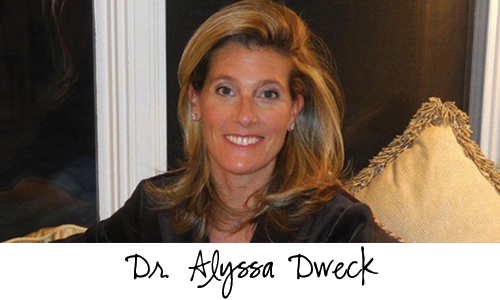
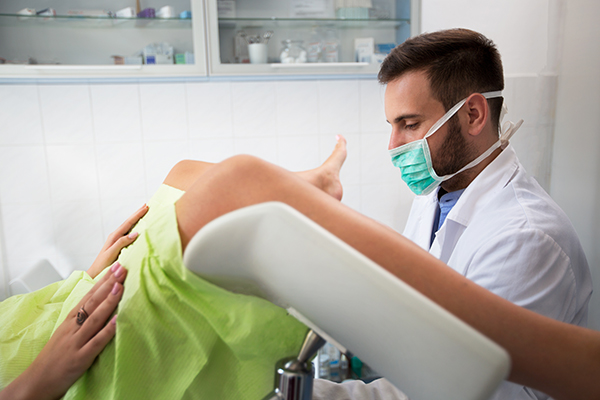


 What follows is one of the most powerful scenes in the book, epitomizing the impersonal, imperious, often-callous treatment Apryl experiences throughout her ordeal with her potentially deadly disease. A Tango should be required reading, not only for any woman who is diagnosed with breast cancer, but for every woman.
What follows is one of the most powerful scenes in the book, epitomizing the impersonal, imperious, often-callous treatment Apryl experiences throughout her ordeal with her potentially deadly disease. A Tango should be required reading, not only for any woman who is diagnosed with breast cancer, but for every woman. “The fight against cancer isn’t necessarily limited to eradicating it from your body; too often it continues with the very system that’s supposed to heal us.” Apryl believes. Apryl’s unpretentious, yet beautifully descriptive, writing conveys her emotions every step of the way, from her intense fear as she enters the massive MRI machine, to her frustration when she can’t reach a medical professional on the phone, and her sheer joy when she learns she may not need traditional chemotherapy.
“The fight against cancer isn’t necessarily limited to eradicating it from your body; too often it continues with the very system that’s supposed to heal us.” Apryl believes. Apryl’s unpretentious, yet beautifully descriptive, writing conveys her emotions every step of the way, from her intense fear as she enters the massive MRI machine, to her frustration when she can’t reach a medical professional on the phone, and her sheer joy when she learns she may not need traditional chemotherapy.
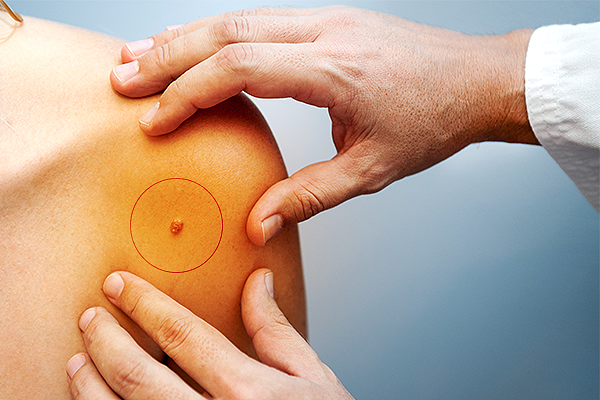
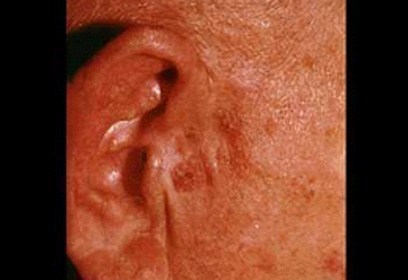 ●
● 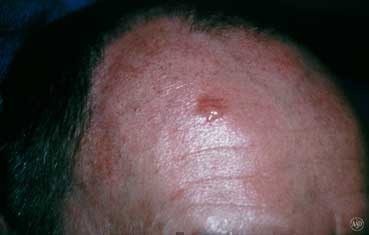 ●
● 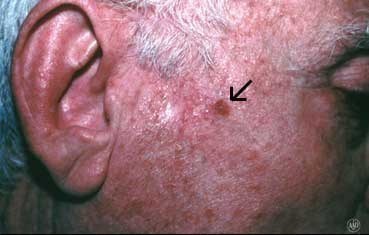 ●
● 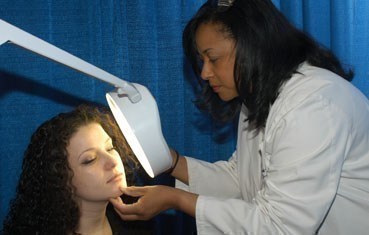 ●
●


